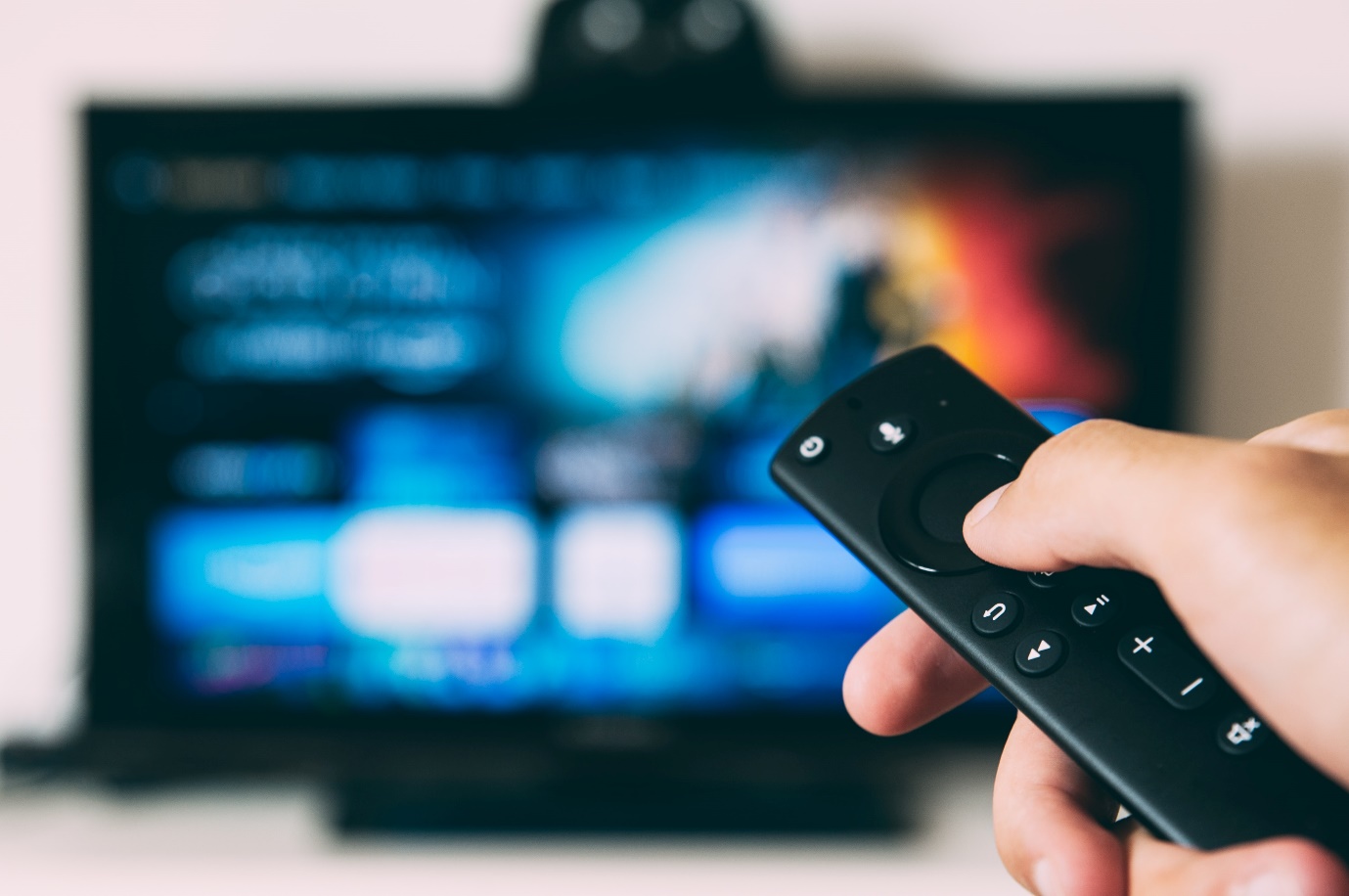It might be hard to believe, but smart TVs that offer internet-ready capabilities have only been around for about ten years. Before then, TV viewing habits hadn’t really changed in several decades, starting from the 1950s. When you wanted to “watch TV,” whatever was playing at the time was what you watched. There were machines that came later to record programs, of course, but even with those, you were at the mercy of TV stations and their programming schedules.

Today, however, the viewing habits of billions of people around the world have changed dramatically. Thanks to smart TVs and the apps that control them, viewers can watch whatever they want, whenever they want. Even better, they can watch their favorite shows and content on various devices, including the TV, but also on laptops, tablets, and so forth.
This sea change hasn’t just shifted the way viewers consume their content; it’s also opened the door to a universe of new opportunities for businesses big and small. Today, for example, a company can use smart TVs to engage with their employees and better inform their customers. Business owners can also use smart TV apps to run advertising campaigns that continuously get the word out to consumers about their products and services.
The question, of course, is how best to take advantage of this new and exciting technology via smart TV app developers. There are the options available and some best practices so that you have an idea of the possibilities smart TVs make available to you as a business owner.
Using Big Screens to Boost Your Business
The question of how best to develop and use a smart TV app for your business depends, at its core, on the particular company you have and what you offer for sale. That, of course, can differ substantially from one company to another. Below are a few examples of smart TV app integration to boost specific types of business both internally and externally.
Smart TV Apps for E-Commerce
Using smart TV apps and big screens as a sales channel when selling products online allows you to significantly improve the “user experience”. Why? Because most people are visual and react to things, they see more than things they sense with their other four senses. On a larger screen, your products will look bigger, clearer, and more impressive. Viewers will also be able to see details more clearly, which can help boost sales.
Even more, it’s relatively simple to integrate an online payment portal into your smart TV app. The implications of this are apparent; viewers will see your products more clearly and, when ready, be able to purchase them quickly and easily.
Video Conferencing
Today more than ever, video conferencing has become the norm. Having a large smart TV screen in your conference room makes perfect (and profitable) sense for larger companies and organizations. First, it eliminates the problem, and preoccupation, with screen size and not being able to see or hear the person talking. Secondly, a large screen enhances the “presence effect,” This effect occurs when a person, or group of people, are exposed to a large, high-quality video image. They are more apt to pay close attention and listen closely during their viewing time, which doesn’t always happen on a smaller screen.
Learning New and Valuable Skills
In business, the more skills a person possesses, the more valuable they are in the workforce. As a business owner, it behooves you to ensure your employees have the skills they need to succeed and, by doing that, help your business succeed also.
Using smart TV apps, you allow your employees to learn a new skill or polish up on an old skill at their own pace and in their own space. They can learn while at work, of course, or at home (and on a big screen to boot). If you have employees that work from home, smart TV apps are practically perfect. Not only will you be able to communicate well with tour people, but they can work, learn and remain productive with relative ease.
Screen Mirroring to Deliver the Same Message in a BIG Way
Much the same as, for example, an Apple TV viewer can transfer what they see on their iPhone to their big-screen TV, your employees can do the same with a work presentation or other type of work-related program. New hires, for example, can go through your employee handbook on their big screen TV at home or watch a presentation from the president of the company just like they would a movie or TV show. They can also perform work-related tasks with more ease and precision when using a bigger, clearer screen. The results can significantly boost many vital factors, from reducing onboarding time to improving employee productivity.
Smart TV App Best Practices
There are, to be sure, several best practices that should be followed when developing a smart TV app for your business. That’s because there are major differences between the smaller screens of mobile devices and a large-screen TV. Some of these best practices include:
- Starting the app design from scratch. A smart TV app should be developed from a clean slate, even if you already have a mobile app. The difference in size, especially the width of the screen, is substantial.
- Assigning a separate smart TV app development team. This will allow the team to create an app that fuses well with the typical smart TV.
- User Experience (UX). It’s vital that you not forget the difference between using an app on a mobile device and using one on a smart TV. It’s an entirely different experience using different tools, movements, and buttons.
- Don’t forget the remote control design. For a user experience that’s 100% positive, the remote control design is vital. It should be intuitive and easy to use at the very least.
Final Thoughts
The opportunities to use a big screen to boost your business are almost unlimited. From engaging with employees to informing customers and boosting productivity, smart TV apps and big screens present a huge business opportunity.
















